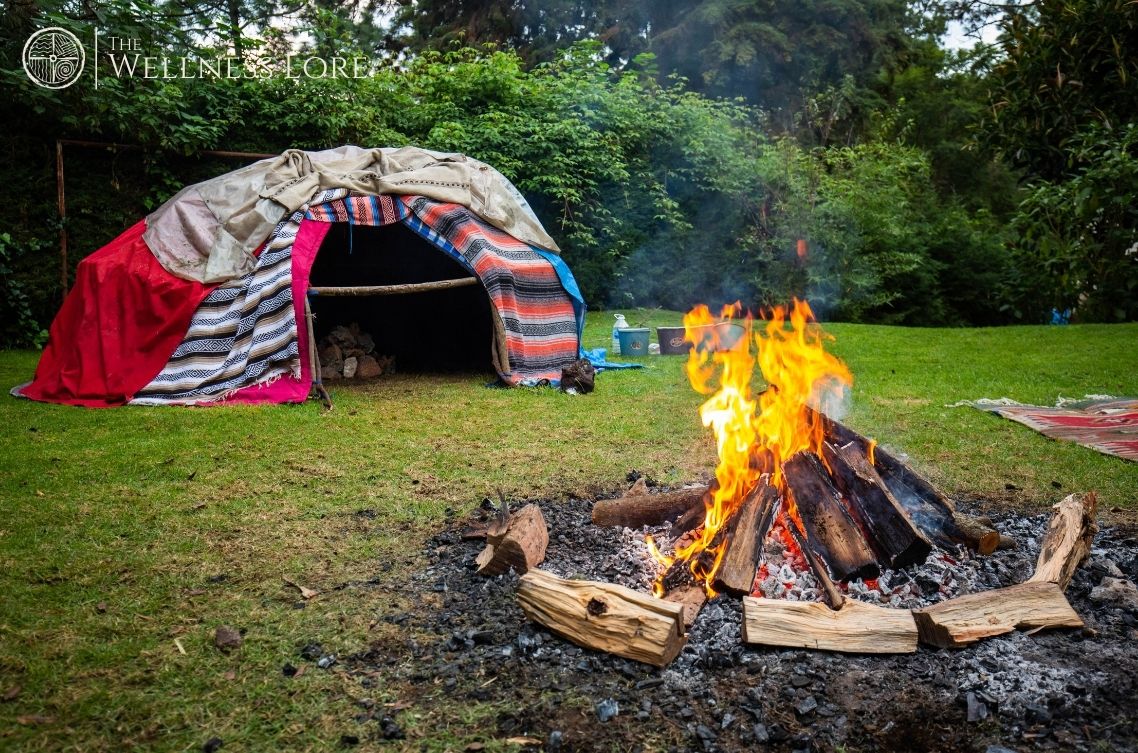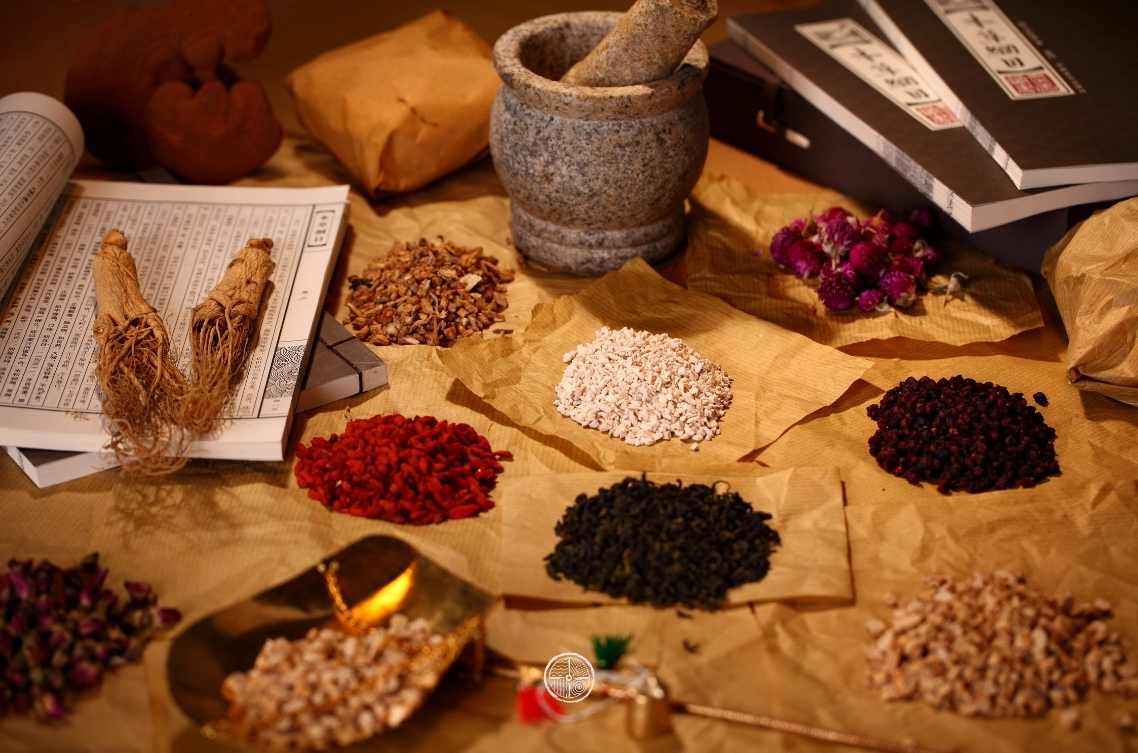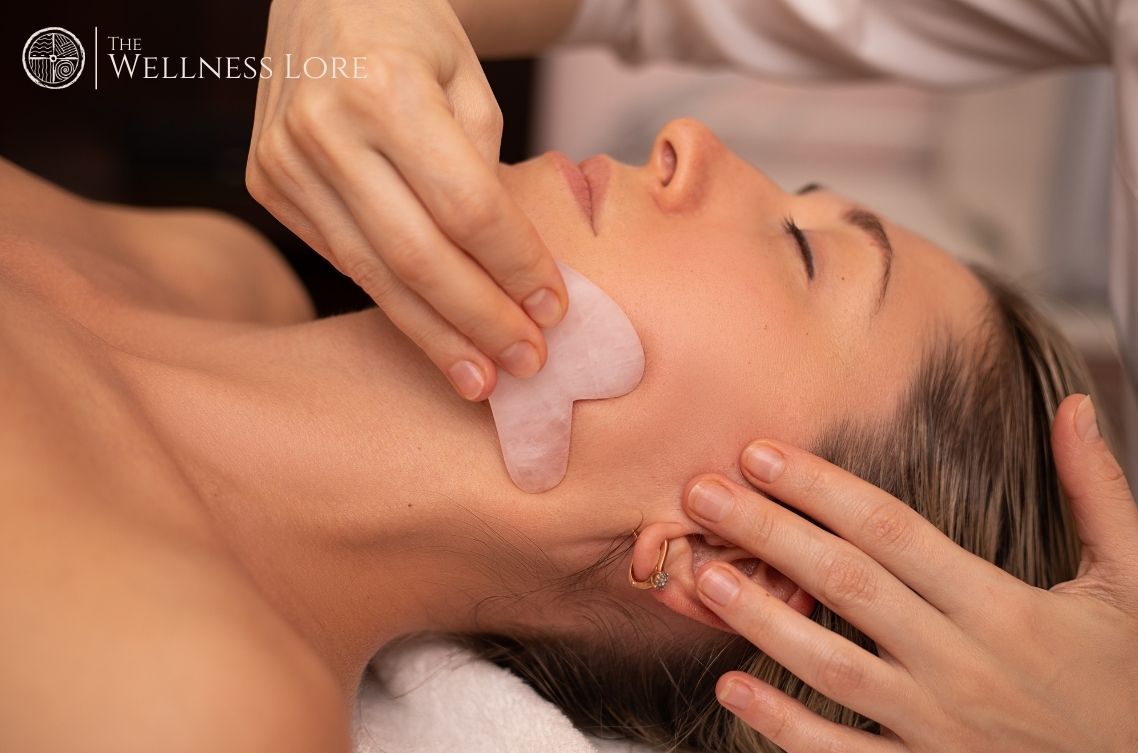Celebrating Perspiration : Sweat lodges and traditional healing

Have you ever heard about sweat lodge ceremonies? Sweat lodge ceremonies are fascinating, mysterious, and intimidating to many people. With all of the negative attention, these rituals received a few years ago, you may be asking if sweat lodge ceremonies are safe. The fact is that people have been sweating for thousands of years. However, like with any activity involving extremes, such as severe heat, sweat lodge ceremonies aren’t free of risk.
Sweat lodge ceremonies are more than simply about sweating; they are purifying rites performed for a variety of objectives, depending on the culture and the occasion. The majority of modern sweat lodge ceremonies are related to traditional healing practices of Native American civilizations, who use these ceremonies to give gratitude, heal, seek insight, and cleanse the mind, body, and spirit.
What are the sweat lodge ceremonies like?
Sweat rituals in Native America are often held in dome-shaped, circular lodges, however, other societies utilize teepees or pits covered with branches or tree trunks. The sweat lodge is a sacred edifice full of symbolism and power. The lodge is a dome-shaped structure constructed in the traditional Native American style using willow bark laid on the ground in a circular form and covered with blankets. The heat is created inside by hot basalt stones or rocks placed in the centre of the lodge and showered with water and therapeutic plants. The sweat lodge has been called the “navel of the universe” and is thought to represent the entirety of the planet. Thus building it is a laborious and spiritually awakening procedure. Sweat lodges are often erected in response to a vision, with meticulous planning, prayer, offerings, and attention to symbolic detail. A sacred fire is started just outside the lodge, which is managed by a highly skilled firekeeper who warms the rocks required to keep the lodge warm. The sweat ritual has many multiple interpretations and forms, but in every instance it entails heating stones until they are red hot, carrying the hot rocks into the darkened room, and pouring water or aromatic herbal teas over them to punctuate the participants’ cycles of intense prayer.
What are the benefits of a sweat lodge ceremony?
Sweat lodges are traditional healing ceremonies that can aid in the battle against infections by inducing a transient fever in the body, which some claim reduces chronic inflammation. The sweat lodge is a good option for treatment of arthritis, muscular discomfort, and skin problems, which can be addressed by increased blood flow to the skin’s surface due to the heat.
Each element of a sweat lodge ceremony, from the lodge’s construction to the prayers performed, is loaded with profound spiritual meaning. The lodge is considered a sacred place whose shape signifies the womb of mother earth, which renews and purifies people who enter it. As they feel the heat of the steam and give their prayers and songs, participants who sit in a circle experience cleaning of body, mind, soul, and community. The sweat lodge rites are thought to be a form of rebirth since one enters the sweat lodge nude, or almost naked, and endures this process of purification and dedication. When one exits from the sweat lodge, it is customary to take a bath in a lake, stream, or pond.
The ceremony is frequently broken into four sections, each representing a distinct spiritual obstacle. This traditional practice is a unique environment that encourages reflection and communication with the Earth, as well as the regeneration of social and cultural relationships. Chanting, drumming, and meditation allow participants to tolerate the heat for far longer than they would typically be able to, training them to overcome physical discomfort and irritation. The science of sweat lodges explains why these ceremonies may be significant spiritual experiences and promote mental health. Perhaps the sweat lodge has become so important in current Native American healing rituals and practices because it facilitates physical, psychological, social, and spiritual well-being.
What are the risks involved?
Any state in which the body is pushed to its limits is dangerous, hence an experienced leader or conductor is essential. Sweat lodges can provide several advantages, but since they take place at such high temperatures, they are not for everyone. Before going on a sweat, participants need to consider underlying health issues, particularly those affecting blood pressure or the respiratory system and should take a doctor’s opinion. Even if you are in excellent condition, dehydration, and heat exhaustion can be dangerous if not diagnosed and treated swiftly. If you begin to feel dizzy, weak, or faint, it is perfectly fine to seek assistance and leave the lodge for a rest.
Thinking of trying it? Simply heed with caution. If you’re pregnant or have a pre-existing health condition (such as high blood pressure or epilepsy), skip it. Otherwise, do your homework and pick a reputable ceremony led by an experienced traditional healer with whom you feel at ease. Remember that we all respond differently to heat at different times in our lives, so listen carefully to your body as you move forward in your healing journey.
Is it for you?
Despite the risks, a sweat lodge ceremony may be a life-changing experience, particularly for individuals looking for recovery or to overcome obstacles such as addictive behaviours. As they feel the heat of the steam and give their prayers and songs, participants experience cleaning of body, mind, soul, and community. The sweat lodge ceremonies are considered to be a form of rebirth since one enters the sweat lodge nude, or almost naked, and endures this process of purification and dedication. The sweat lodge serves a spiritual, cultural, and practical purpose for Indigenous people. It is a place to reconnect with the creator and nature, as well as to restore order and balance in one’s life.
Not your usual Sauna!
Every ceremony is unique, based on the lodge conductor they can be held in silence or with ceremonial drumming or chanting. Sweat lodges, it goes without saying, get hot—really hot. Throughout the ritual, most lodges remain at or above 100 degrees (F).
Sweat lodges vary from saunas at gyms in two fundamental respects. For starters, saunas are all about the heat, whereas sweat lodges hold great importance in the realm of spirituality and holistic wellness. Second, while being in a sauna for more than 20-30 minutes is not suggested, in most sweat lodge ceremonies participants sit for several hours.
Since the early twentieth century, the ritual has grown in popularity, not just among Indians on reservations, but also in metropolitan areas, penal facilities, veterans groups, and drug addiction treatment centres. Despite the question of where and how outsiders should be located in the sweat lodge and in Indian ritual, in general, the spiritual strengthening and social conviviality inherent in sweat work unite family members, Indians from various tribes, and non-Indians.
Our respect and regard for our traditions and culture grow in tandem with our awareness and understanding of them. This has not always been the situation in our neighbourhoods. There are always individuals who portray themselves as respectful Healers but have not earned the designation to conduct ceremonies and may misuse the teachings and medications. Everyone, especially young people, should be aware of this and proceed with caution while seeking it as medicine, lessons, or counsel.
More Recent Stories



